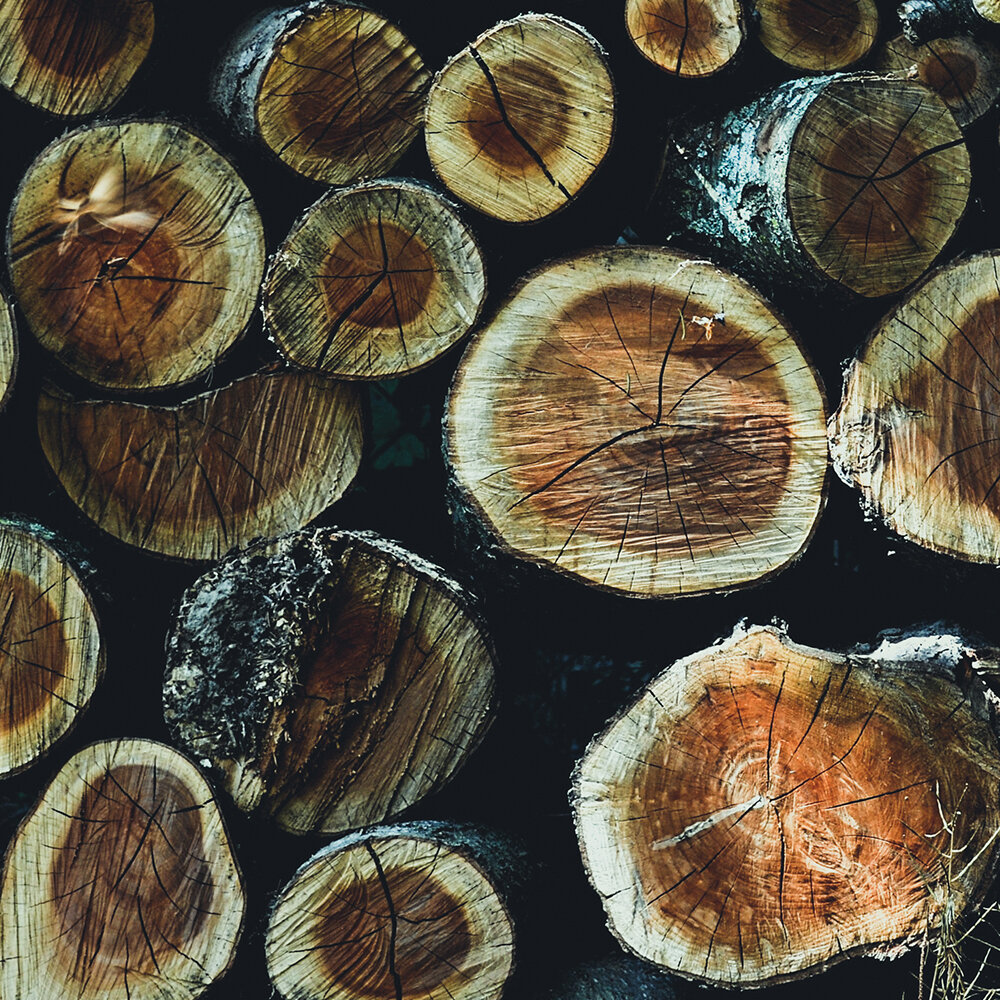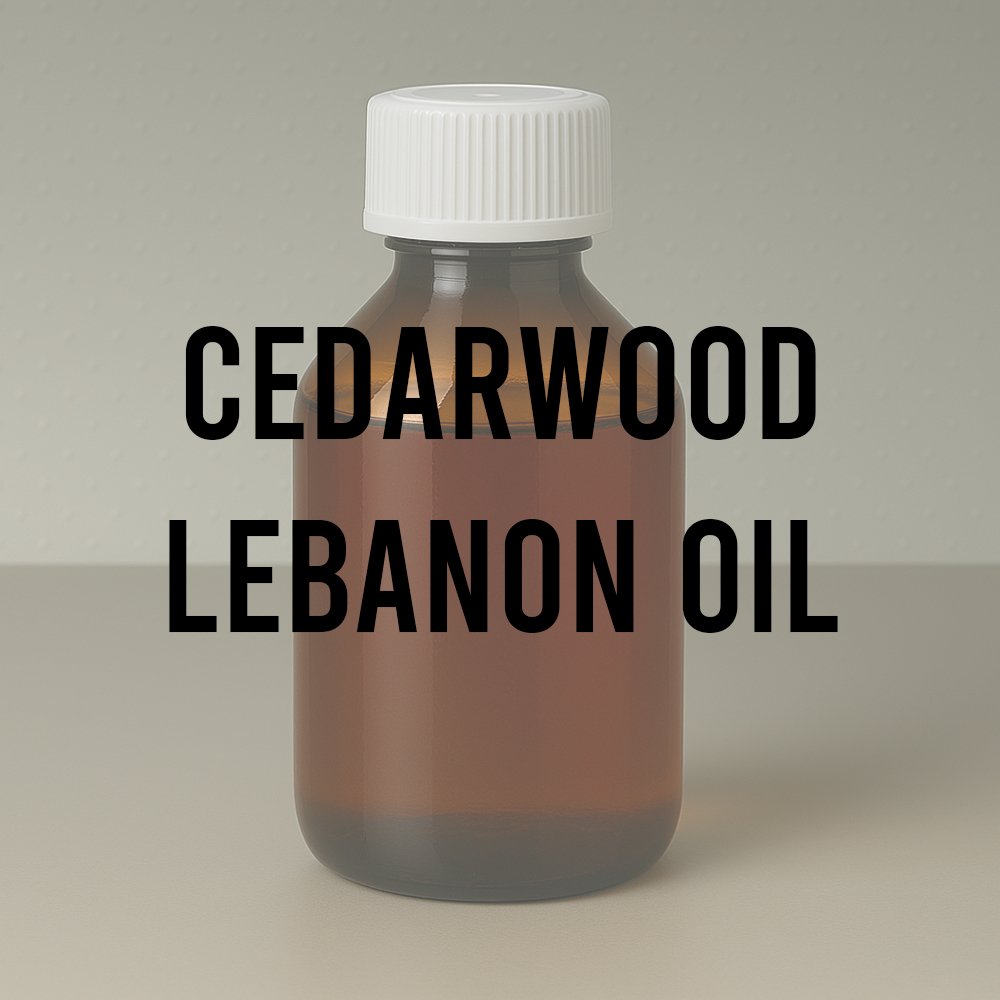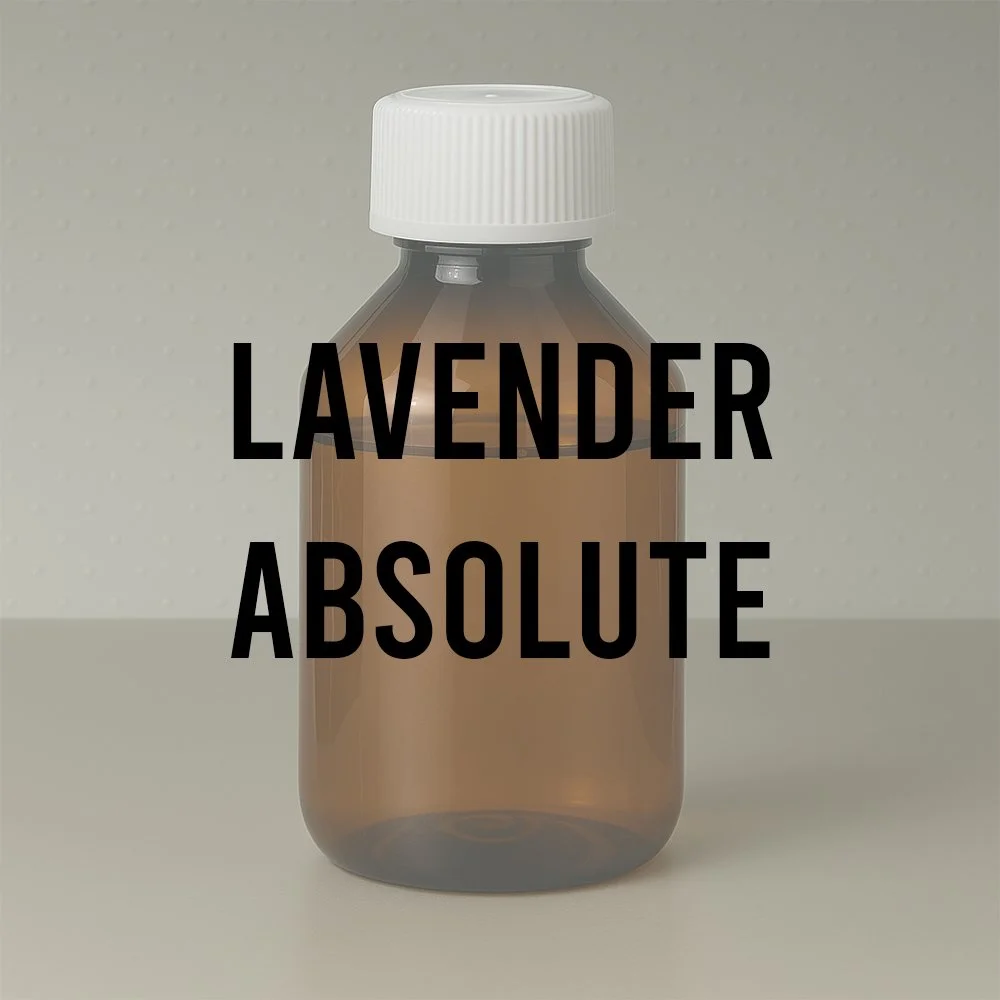Natural Ingredient Overview
🌎 Origin — Produced primarily in Paraguay (multiple artisanal and industrial distillers)
🔎 Chemical name — Petitgrain Bigarade Essential Oil
🧪 Synonyms — Petitgrain Oil, Bitter Orange Leaf Oil
🧬 Chemical Formula — Complex natural mixture (main components: Linalyl acetate, Linalool, α-Terpineol)
📂 CAS N° — 8014-17-3
📘 FEMA — 2855
⚖️ MW — Not applicable (mixture)
📝 Odor type — Woody Green / Floral
📈 Odor Strength — High
👃🏼 Odor Profile — Bitter, fresh-floral, orange blossom-like, woody-herbaceous, green, lightly sweet
⚗️ Uses — Natural modifier in citrus, floral, chypre, and oriental fragrances
🧴 Appearance — Pale yellow to amber liquid
What is Petitgrain Bigarade Oil?
Petitgrain Bigarade Oil is a natural essential oil extracted via steam distillation of the leaves, twigs, and unripe fruits of Citrus aurantium (bitter orange). It is chemically characterized by high levels of linalyl acetate and linalool, with smaller contributions from α-terpineol and neryl acetate, which shape its aromatic profile.
Its distinct bitterness arises from the terpene content and plays a functional role in fragrance construction by tempering sweetness and boosting freshness. Despite often being confused with neroli (from orange blossoms), petitgrain offers a greener, sharper, and more herbaceous version of the orange tree’s floral scent.
Paraguay is the world’s leading producer of petitgrain oil, supplying approximately 70% of the global perfumery-grade material.
Olfactory Profile and Perfumery Applications
Petitgrain Bigarade Oil opens with a bitter-citrus top note, moving into green-floral and woody-herbaceous territory with a softly sweet drydown. Its profile echoes the scent of orange blossom, though drier and more linear.
It is a key natural modifier in:
Citrus colognes and eaux fraîches
Floral and orange blossom compositions
Chypre and oriental structures, where it balances richness
Functional perfumery (soaps, lotions) for its diffusivity and brightness
Its bitterness is not a flaw but an important functional quality, adding dryness and tempering cloying sweetness, especially in white floral and exotic blends.
Traditional and Local Production in Paraguay
Petitgrain distillation in Paraguay has deep historical roots, dating back to 1876 with French botanist Benjamin Balansa, who pioneered the oil’s production using mobile stills brought from Buenos Aires. The unique ecological adaptation of Citrus aurantium to Paraguayan soils has made the region one of the few where high-quality petitgrain thrives naturally.
The production model remains largely artisanal. Over 15,000 villagers are involved in the cultivation or distillation of bitter orange, often through micro-distilleries or rented stills. These operations are marked by small-scale land ownership (often <5 acres), intercropped farming, and seasonal harvesting.
For an in-depth view of this process, see the Scentspiracy blog post:
The History and Future of Petitgrain Distillation in Paraguay
Regulatory and Safety Overview
IFRA: Petitgrain Bigarade Oil is listed under IFRA due to its content of potential allergens such as linalool and limonene. Concentration limits vary by product type (e.g., 0.8% in leave-on products).
EU Allergen Listing: Contains regulated fragrance allergens (Linalool, Limonene, Geraniol, Citral). Must be declared above 0.001% (rinse-off) or 0.01% (leave-on).
FEMA GRAS: Listed under FEMA No. 2855 for limited use in flavoring; recognized as safe in trace quantities.
ECHA: Registered under REACH. Classified as skin irritant and sensitizer depending on concentration and formulation.
Toxicology: Risk of sensitization primarily due to oxidation of terpene content (linalool, limonene). Antioxidants or stabilizers may be used to mitigate this.
✅ Approved for use in perfumery under regulatory limits. Users must evaluate IFRA certificates and allergen declarations per formulation type.
Sources
IFRA Standards Documentation
ECHA Substance Information
FEMA GRAS Database – FEMA No. 2855
PubChem CID 3080625 – Citrus aurantium essential oil
Arctander, S. Perfume and Flavor Chemicals
Daniel W. Gade (1979), History and Production of Petitgrain in Paraguay
Bourgade (1889), Astre (1947), Chevalier (1942) – historical references











